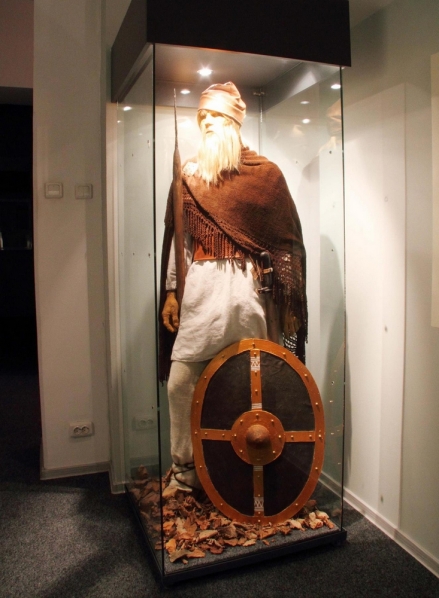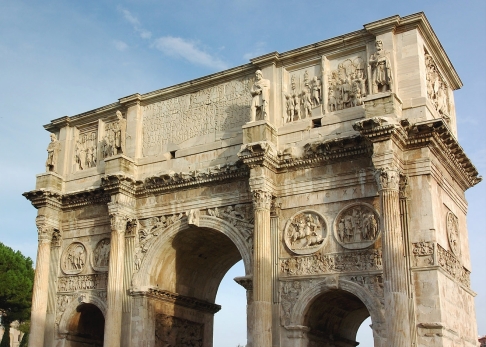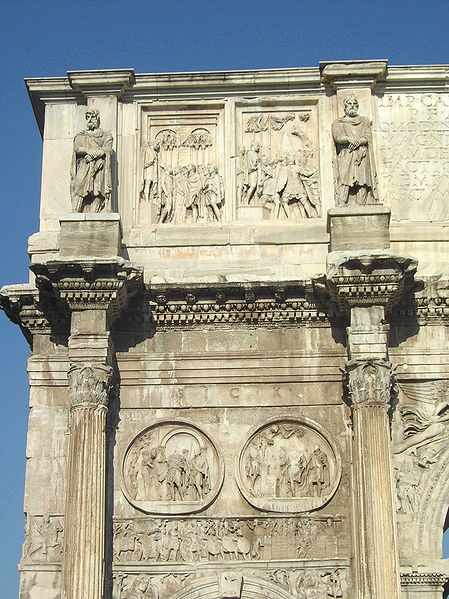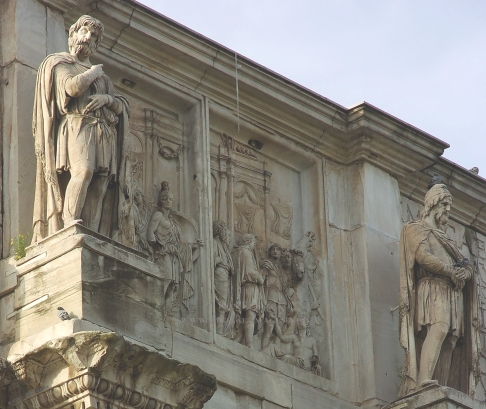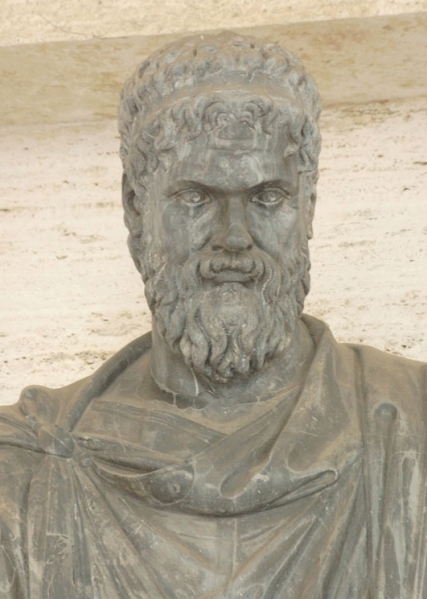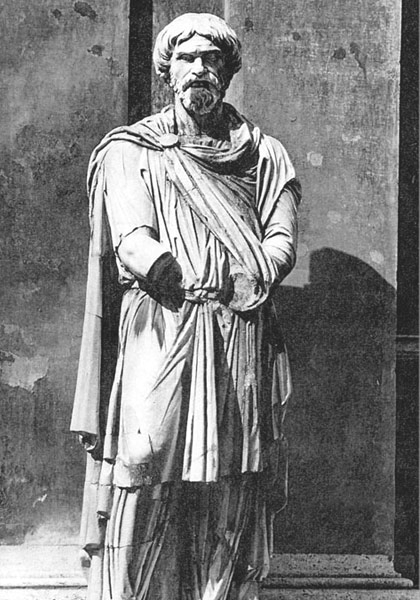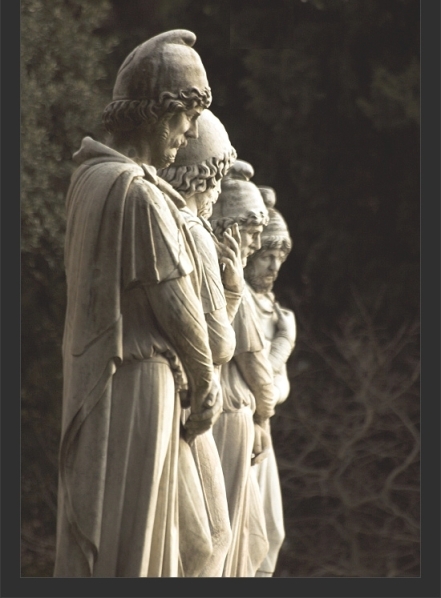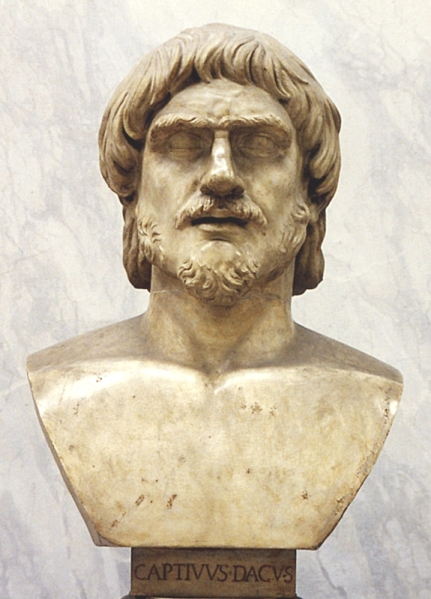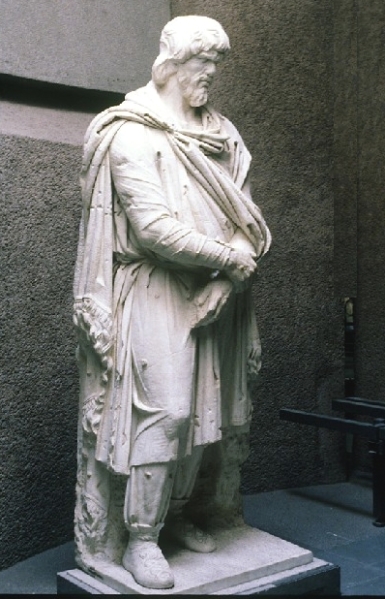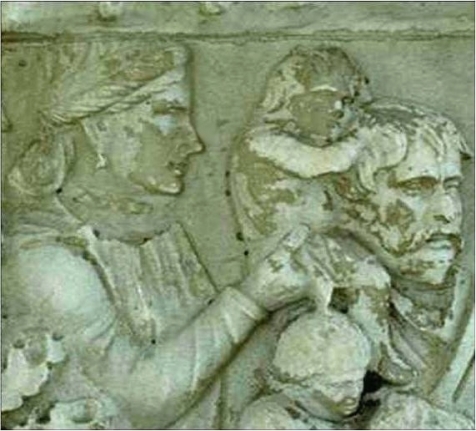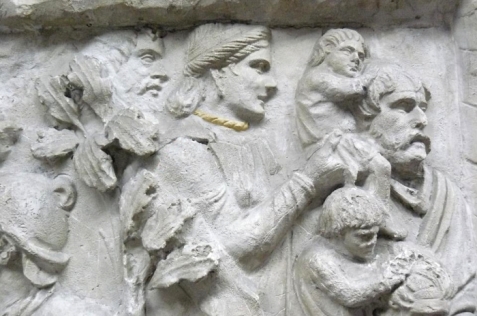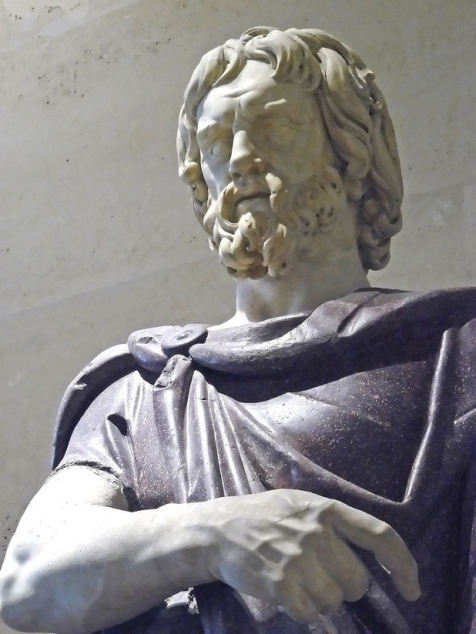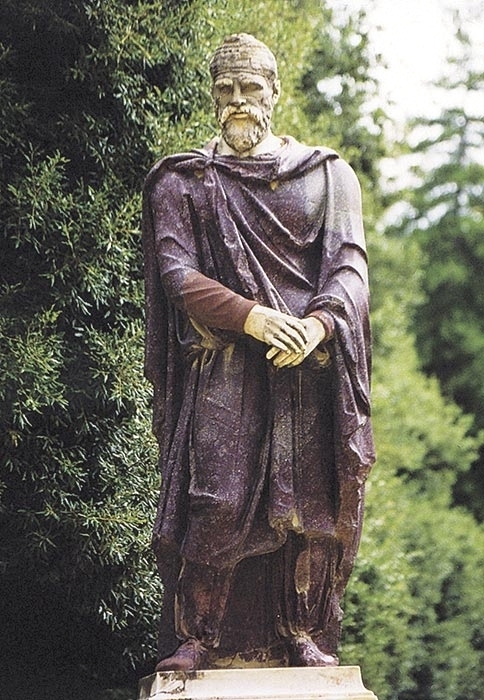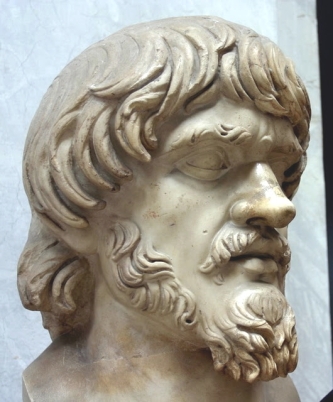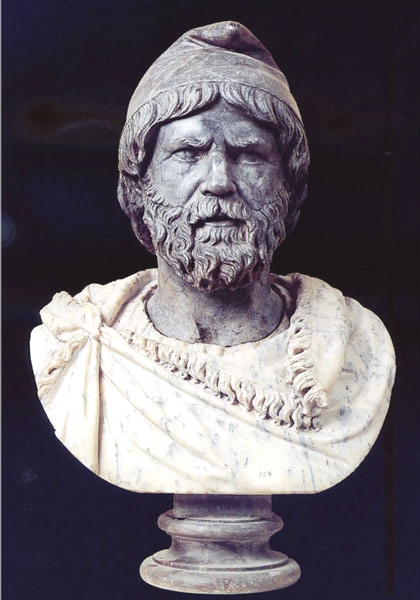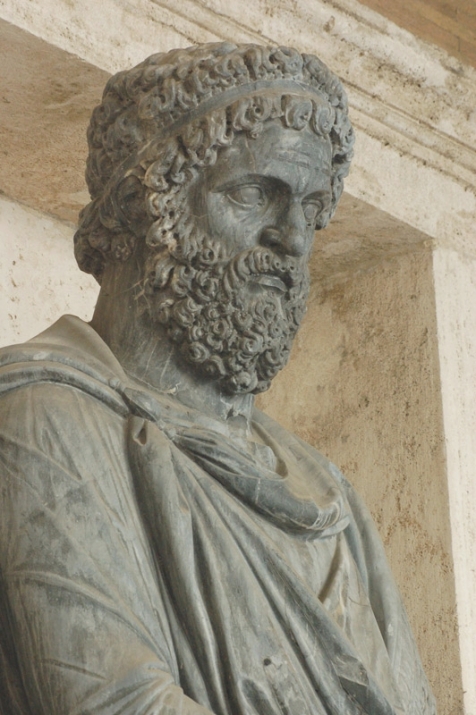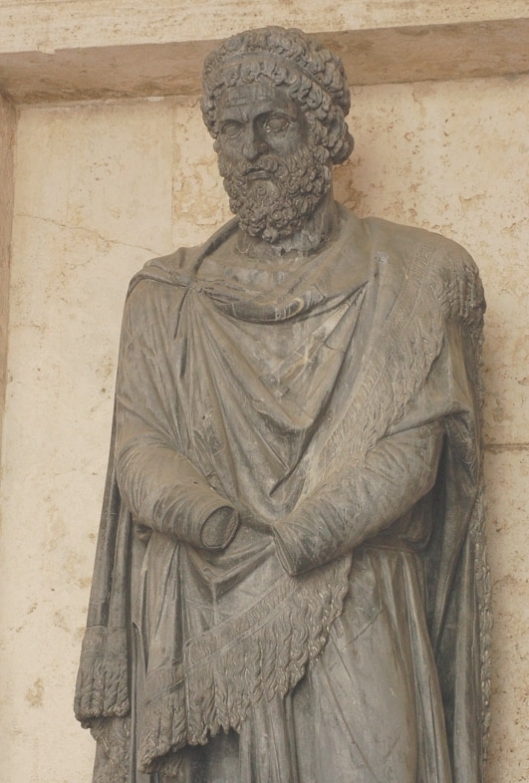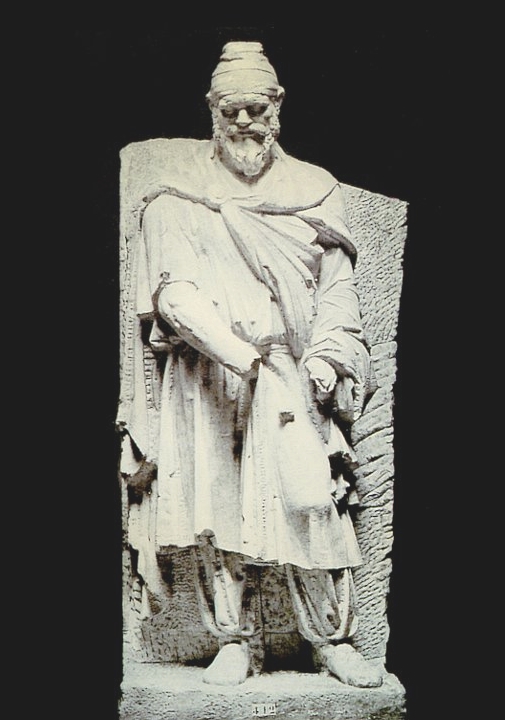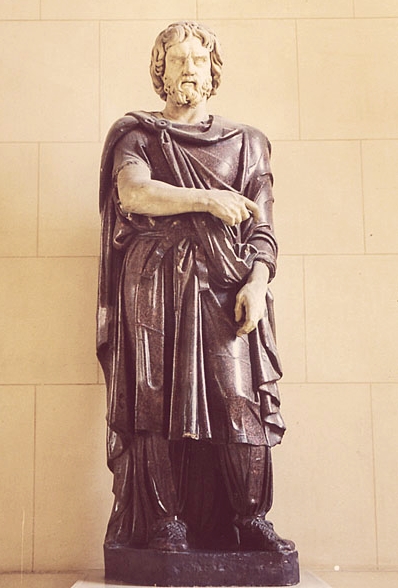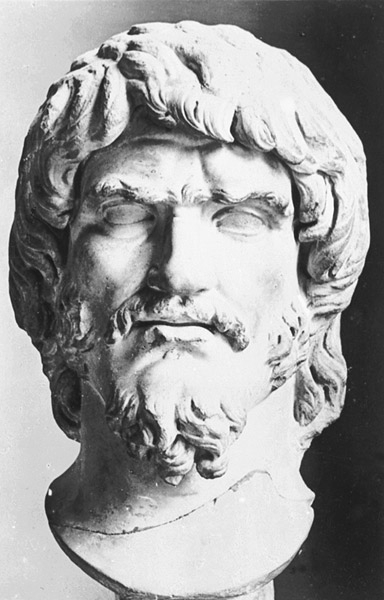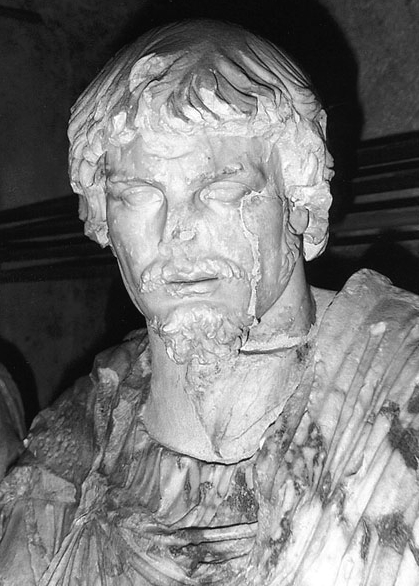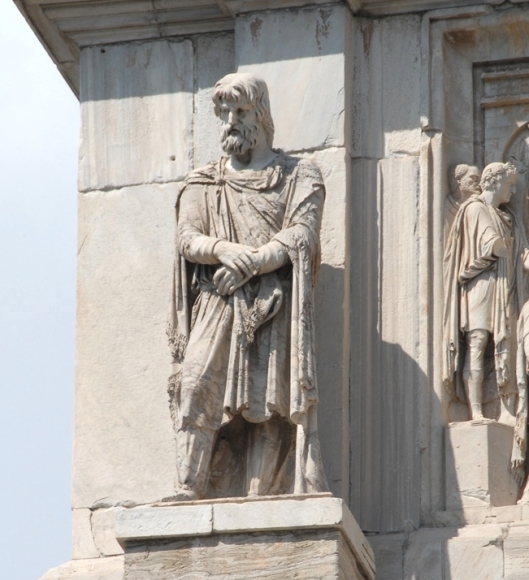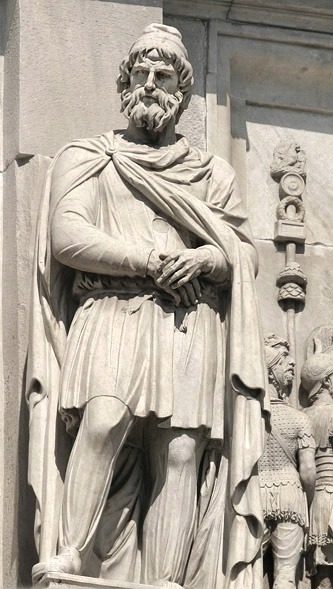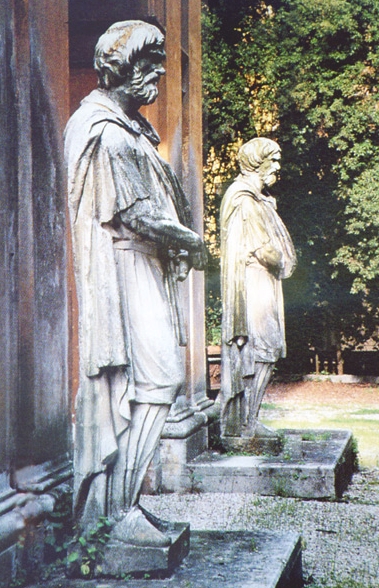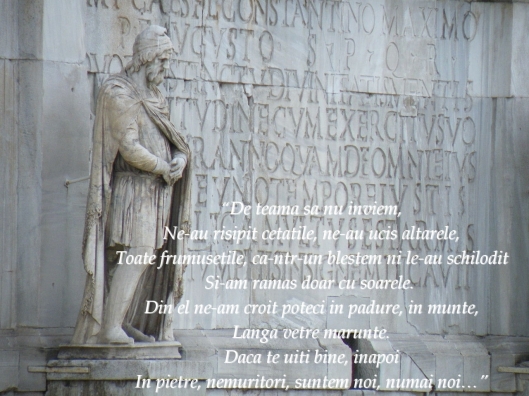I was born in Romania. While I grew up there, I thought castles, fortresses and monasteries were something very common that you could find anywhere in the world. After traveling to more than 50 countries up to date, well, I was proven wrong.
Not only I didn’t find many – except in Wales, Scotland, Germany, Spain and a few other countries – but I discovered that Romania, if traveled from East to West and North to South, offers phenomenal sceneries rarely seen in the world. It should be on your Top 5 countries to see before you die.
I decided to put together a list with the most beautiful castles, fortresses and monasteries around Romania. I am sure I am also missing a lot of them, so feel free to suggest for addition to this article.
I did not take all the pictures below. I would like to give credit to the photographers (if you know any of them, please let me know). I collected some of the images from active Facebook groups promoting Romania, such as Te iubesc, Romania and Top Romania.
Without further do, here is a list with amazing locations in Romania:
1. Bran Castle aka Dracula’s Castle in Transylvania (Castelul Bran)
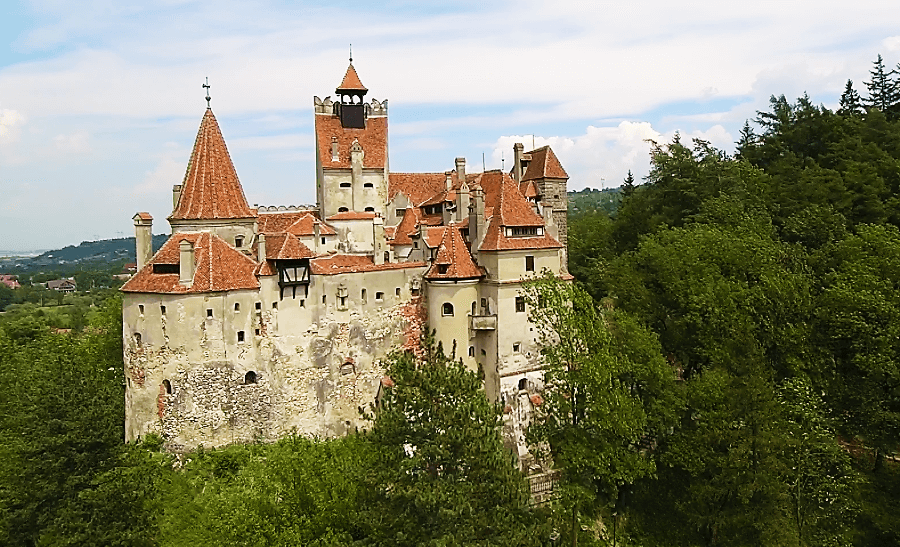
Bran Castle (Romanian: Castelul Bran) is one of the most famous castles in the world. It is situated near Bran, a town located in Brasov County, right at the border between Transylvania and Wallachia. It is commonly known as Count Dracula’s castle. The first documented mentioning of Bran Castle is the act issued by Louis I of Hungary on 19 November 1377.
A few months ago, a Canadian brother and sister spent a night at Dracula’s Castle, sleeping in coffins as beds, after winning a competition. Siblings became the first people to pass the night there in 70 years.
Watch the spooky video below to see the two siblings spending the night in coffins at Bran Castle:
ed in silver in 1798 and lithographed in 1871 by Major Papazogeu).
![45 Castles, Fortresses and Monasteries That Will Take Your Breath Away In Romania [WITH PICS]](https://sorin.tv/wp-content/uploads/2017/08/Castelul-Corvinilor-Hunedoara-Romania-iancu-castle-900x675.jpg)
